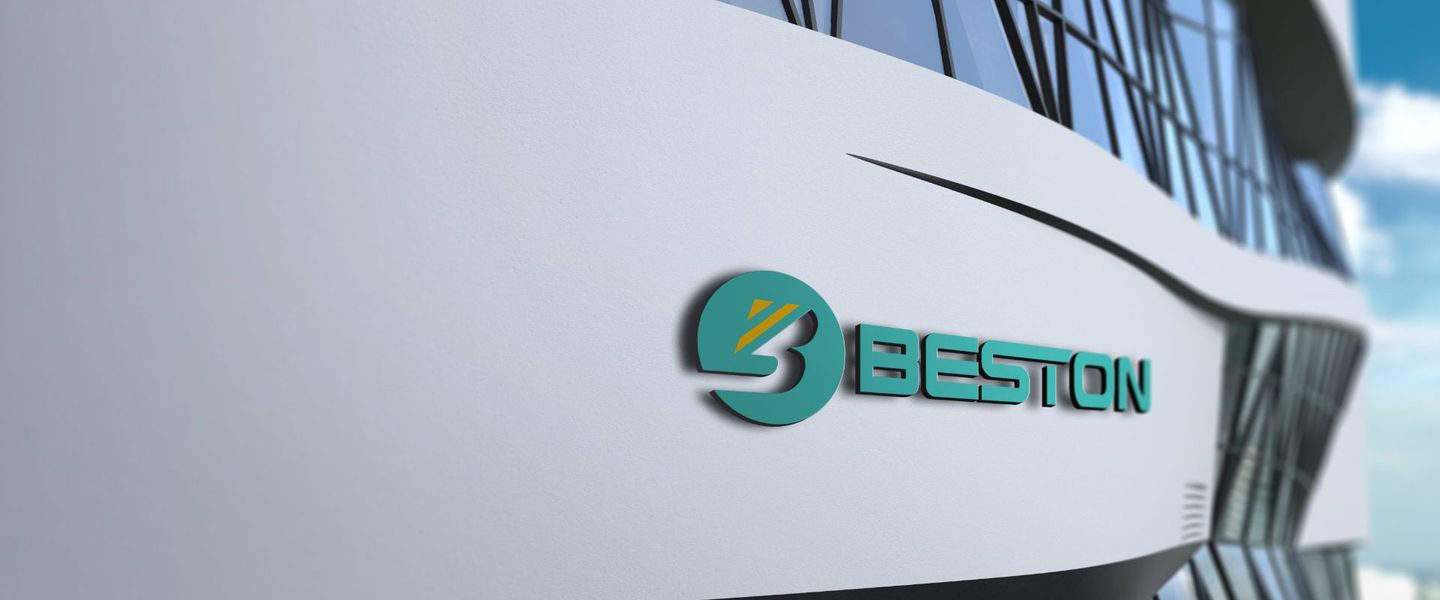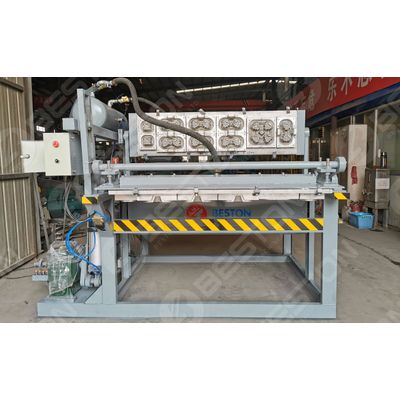

- Home
- Companies
- Beston Group Co., Ltd.
- Articles
- Coffee Cup Tray Strength and Material ...

Coffee Cup Tray Strength and Material Choice: What Makes a Good Coffee Cup Tray?
In the domain of coffee cup trays, the strength and choice of materials are paramount. Evaluating these factors ensures the production of durable, reliable, and user-friendly trays. The importance of these attributes cannot be overstated, as they directly impact the functionality and user experience.
Material Selection
The first step in crafting an exemplary coffee cup tray produced by pulp moulding machine is selecting the appropriate material. Common materials include plastic, cardboard, and biodegradable composites. Each material has distinct properties that affect the tray's overall performance.
Plastic: Known for its durability and resistance to moisture, plastic is a popular choice. Its ability to withstand significant weight without deformation makes it ideal for carrying multiple cups. However, environmental concerns necessitate a shift toward more sustainable options.
Cardboard: Lightweight and cost-effective, cardboard is another favored material. It is often treated with water-resistant coatings to enhance its durability. While it may not be as robust as plastic, its biodegradability and recyclability offer significant environmental benefits.
Biodegradable Composites: These materials, often derived from plant-based sources, combine the strengths of plastic and cardboard. They provide durability and moisture resistance while being environmentally friendly. The use of biodegradable composites is on the rise as companies seek sustainable solutions.
Structural Integrity
The structural design of the coffee cup tray plays a critical role in its strength. Features such as ridges, grooves, and reinforced edges contribute to the tray's ability to hold cups securely.
Ridges and Grooves: These features enhance the tray's grip on cups, preventing spills and ensuring stability during transportation. The strategic placement of ridges and grooves can significantly improve the tray's load-bearing capacity.
Reinforced Edges: Reinforced edges add rigidity to the tray, preventing it from bending or collapsing under weight. This design element is crucial for trays intended to carry multiple cups.
Manufacturing Process
The manufacturing process, particularly the use of a coffee cup tray machine, influences the quality and consistency of the final product. Advanced machines ensure precise cutting, molding, and assembly, resulting in trays that meet stringent quality standards.
Precision Cutting: Accurate cutting ensures that each tray component fits together seamlessly, enhancing the overall strength and stability. Precision cutting also minimizes material waste, contributing to cost efficiency.
Molding Techniques: In the case of plastic and biodegradable composites, molding techniques determine the tray's shape and structural integrity. High-pressure molding can produce trays with uniform thickness and robust features.
Assembly Line Efficiency: An efficient assembly line, powered by a coffee cup tray machine, ensures that trays are assembled quickly and accurately. This efficiency reduces production costs and allows for high-volume output without compromising quality.
Environmental Considerations
In today's market, the environmental impact of materials and manufacturing processes is a critical consideration. Sustainable practices not only attract eco-conscious consumers but also contribute to long-term ecological balance.
Recyclability and Biodegradability: Choosing materials that can be recycled or biodegraded reduces the environmental footprint. Companies increasingly favor biodegradable composites as they decompose naturally without leaving harmful residues.
Energy-Efficient Manufacturing: Utilizing energy-efficient coffee cup tray machines minimizes the carbon footprint of the production process. Implementing renewable energy sources further enhances sustainability.
Conclusion
The strength and material choice of a coffee cup tray are fundamental to its performance and sustainability. By carefully selecting materials, optimizing structural design, and employing efficient manufacturing processes, manufacturers can produce trays that meet consumer demands while minimizing environmental impact. The integration of advanced coffee cup tray machines ensures precision and consistency, culminating in a superior product that balances functionality and ecological responsibility.
